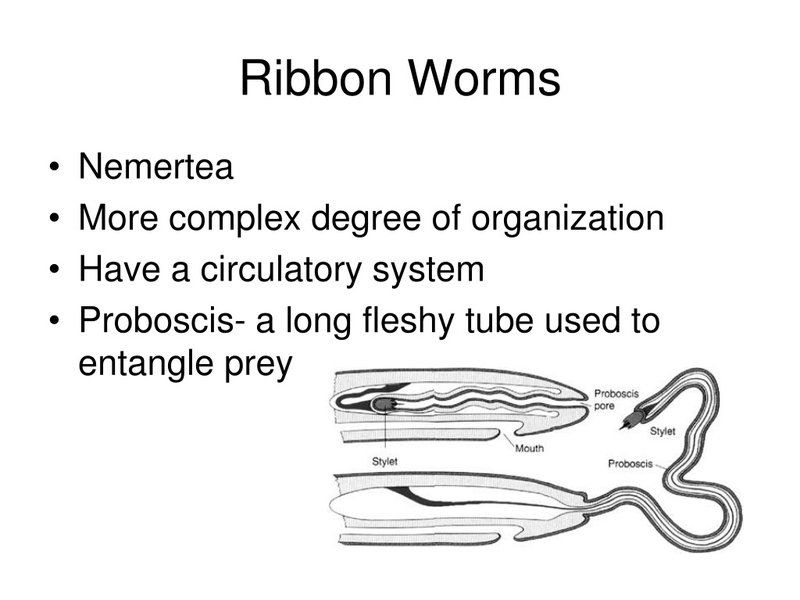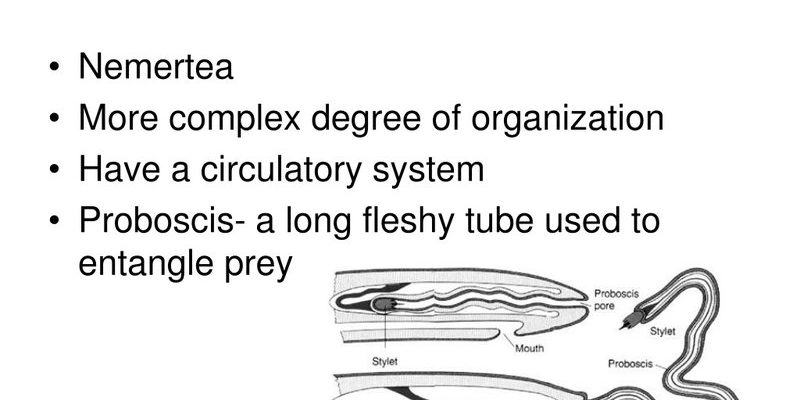
Imagine you’re trying to escape a sticky situation, and instead of running away, you’re able to slide effortlessly along the ground, leaving a slippery trail behind you. That’s essentially how ribbon worms operate! By producing mucus, they can glide through their environment or deter predators all while keeping things moist. It’s like having a built-in escape plan. So, let’s take a closer look at these incredible survival strategies.
Understanding Ribbon Worms
Before we get into the nitty-gritty of mucus and its functions, let’s briefly look at ribbon worms themselves. These fascinating creatures belong to a group called Nemertea, which has over a thousand species. You can find them in various marine environments, from sandy shores to deep-sea beds. Their long, slender bodies can reach several feet in length, but don’t let their size fool you; they are primarily soft-bodied and quite vulnerable.
One cool thing about ribbon worms is their unique anatomy. They have a structure called a proboscis, which they can extend to capture prey. This ability is essential for their survival, allowing them to consume tiny animals like crustaceans or even worms. But, here’s where mucus comes into play. The way they move and defend themselves largely depends on this slippery substance.
How Mucus Helps with Movement
Here’s the thing: ribbon worms aren’t built like fish or even your average earthworm. They don’t have fins or legs. Instead, they rely heavily on their mucus for **movement**. Think of mucus as a lubricant that helps reduce friction between their bodies and the surfaces they’re gliding over. This allows them to move smoothly and efficiently.
When a ribbon worm wants to head in a certain direction, it secretes mucus. This slime helps them slide over rocks, sand, or other surfaces without much effort. They can also use it to anchor themselves when needed. Isn’t it interesting how such a simple substance can make such a big difference in how these animals navigate their world?
To really appreciate how effective this mucus can be, consider that it lets them travel across various terrains in search of food, shelter, or mates. Without it, they’d struggle significantly to move at all.
Mucus as a Defense Mechanism
You might be wondering why an animal would need a defense mechanism in the first place. Just like any other species in the ocean, ribbon worms encounter predators. Here’s where their **mucus** becomes a lifesaver—quite literally.
When threatened, ribbon worms can produce a thick layer of mucus that acts as a barrier against predators. This slime can make them slippery, making it hard for a hungry fish to get a good grip. Additionally, some species can even release noxious chemicals within their mucus that can deter or confuse attackers. It’s like having a personal bodyguard made of goo!
Imagine being able to slide away from danger while leaving behind a slippery trail that keeps your predator from catching you. That’s how ribbon worms handle threats. They can escape while potentially injuring their would-be invaders.
The Composition of Ribbon Worm Mucus
Have you ever thought about what mucus is made of? You might picture it as just a slimy goo, but it’s a bit more complex than that. Ribbon worm mucus is primarily composed of **water**, proteins, and other organic compounds. This unique blend gives it its slippery texture and can vary in consistency depending on the needs of the worm.
The proteins in mucus are particularly interesting. They help form a gel-like structure that enhances the worm’s ability to glide and provides a protective layer. This ability to adapt the consistency of their mucus based on their environment or situation is a clever evolutionary tactic.
So, when you see a ribbon worm moving, remember that it’s not just a straightforward glide. It’s a carefully calculated process influenced by the composition of its mucus and the environment around it.
Ecological Importance of Ribbon Worms
Ribbon worms may be small, but they play a significant role in their ecosystems. As predators of smaller marine organisms, they help maintain balance within their food webs. By consuming various prey, they regulate population sizes and contribute to biodiversity.
Their mucus also plays a role in the environment. The slime trails they leave behind can affect the microorganisms present in their habitats. It’s like a little nutrient boost for the surrounding ecosystem. So, every time a ribbon worm glides over the sea floor, it’s not just a solo journey; it’s a tiny act that can have larger ecological impacts.
Additionally, ribbon worms serve as food for larger animals. Their unique adaptations, including their mucus, help them survive long enough to fulfill their role in the food chain. It’s a cycle of life that binds different species together.
Research and Conservation of Ribbon Worms
With the ongoing changes in our oceans, understanding ribbon worms and their roles is crucial. Scientists are beginning to study their mucus properties more closely. There’s potential for medical and technological advances derived from these unique substances. Who knows? Maybe the next innovation in bioengineering will come from the findings of researchers studying these slippery creatures.
Conservation efforts are important as marine environments face pollution and climate change. Protecting habitats where ribbon worms thrive can contribute to the overall health of marine ecosystems. When we focus on preserving their environments, we’re helping maintain the delicate balance of ocean life.
It’s an exciting time to learn about these creatures and what they can teach us, not only about marine biology but about nature’s incredible ingenuity.
In summary, ribbon worms are a remarkable example of how life adapts to challenges through innovation. Their use of mucus for movement and defense showcases nature’s ingenuity in simple yet effective ways. From gliding effortlessly across surfaces to warding off predators, these organisms remind us that there’s more than meets the eye in the ocean’s depths.
As we continue to explore and understand the mysteries of marine life, let’s appreciate the role ribbon worms and their mucus play in our ecosystems. So, the next time you gaze into the sea, remember, there’s a whole world of unusual creatures like ribbon worms that play crucial roles in the ocean’s health.

